
10 most interesting facts about Ihor Hrabar
2018
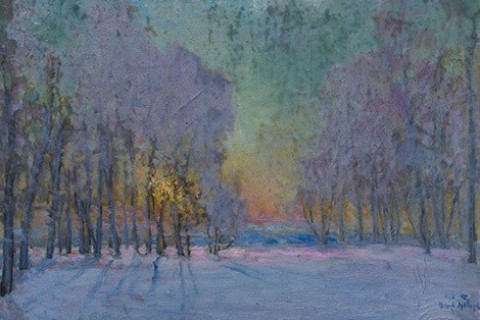
Probably no one who has ever visited the Transcarpathian Regional Art Museum named after Yosyp Bokshai does not pass by the paintings of the outstanding artist Ihor Hrabar. His winter landscapes are full of frosty freshness and portraits amaze with the depth of the image.
In addition to painting, he had a lot of talents and skills that undoubtedly characterize Ihor Hrabar as a unique figure. And interesting facts from his life and work deserve the attention of the widest circle of art admirers.
Ihor Hrabar is a descendant of the old noble family of Sas coat of arms. Their nobility was confirmed by the Maramaros Legislative Chamber in 1763.
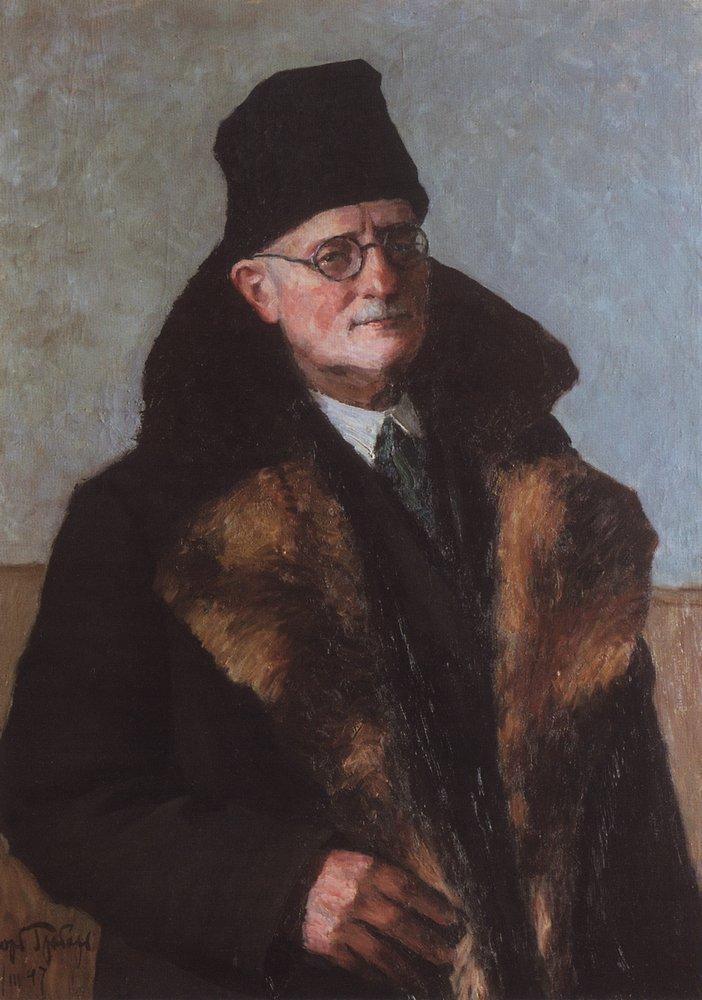
State Tretyakov Gallery in Moscow
The artist belonged to the well-known in the Transcarpathians and Halychyna family which adhered to the Slavic ideas and considered themselves Rusyns. With the activities of his grandfather Adolf Dobrianskyi (1817 - 1901), it is associated a whole period in the history of Transcarpathia, when, following the revolutionary events of “Spring of Nations” in 1848, the emperor appointed him a vicegerent of the “Rus district” with the centre in Uzhhorod. The artist's mother, Olha Hrabar, in 1881, went on Austrian trial for her political activity. The prosecution demanded the death penalty for state betrayal and pro-Russian Empire activities, but her fault was not proved. Thus, the family was forced to emigrate.
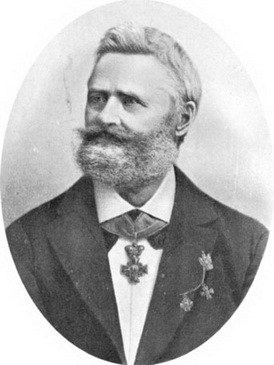
a well-known public and political activist, scientist, publicist
Ihor Hrabar first obtained legal as well as historical and philological education. And from 1894, he studied at the Imperial Academy of Arts in St. Petersburg. He revealed his creative abilities in the studio of a prominent painter Ilia Repin who came from a small Ukrainian town Chuhuiv, Kharkiv region. Subsequently, almost half a century later, Ihor Hrabar produced a two-volume monograph on his teacher called “Repin”, for which in 1941 he received Stalin's Prize of the first degree (100,000 roubles). In 1943, during the Second World War, the artist contributed 70,000 roubles to military weapons under the slogan “Soviet Artists of the Red Army”.
Between 1913 and 1925, Ihor Hrabar headed the world-famous Tretyakov Gallery in Moscow. The beginning of his activity as the head of the art gallery caused a big resonance, as he went against the will set out in the testament of the gallery founder Pavlo Tretyakov as to the inviolability of the collection, and decided to redesign the exposition. However, the experts noted the professional logic of changes, based on historical, chronological and monographic principles of the exposition’s formation.
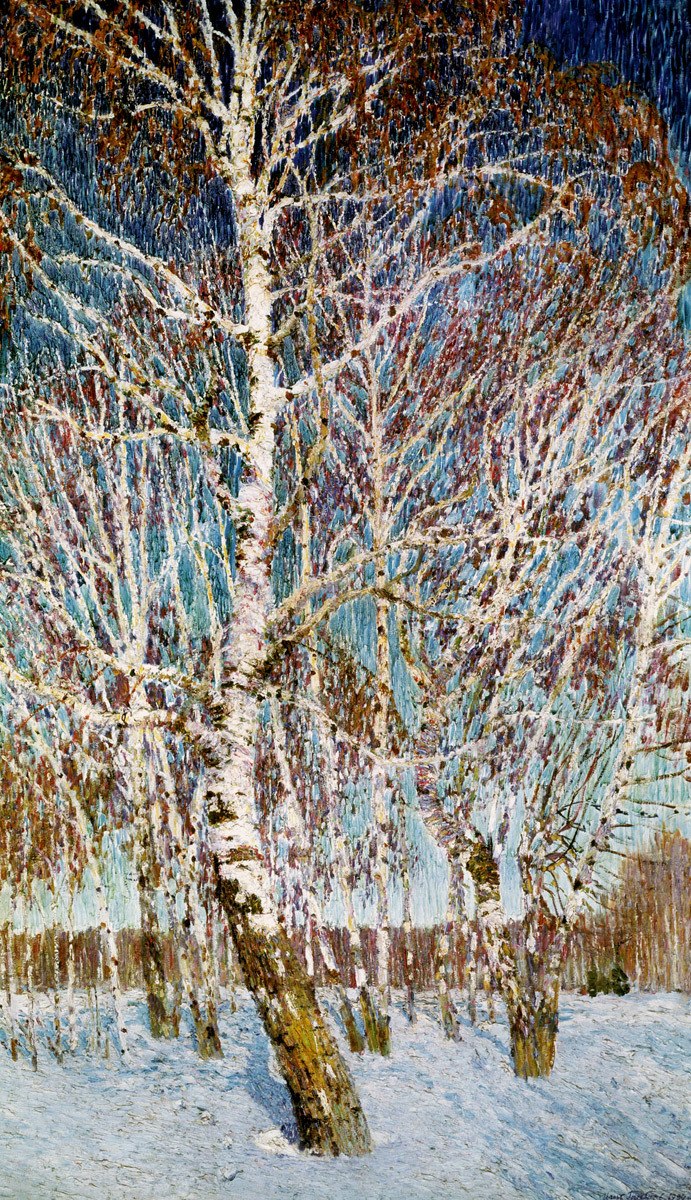
State Tretyakov Gallery in Moscow
In 1918, Ihor Hrabar founded the Central Restoration Studios in Moscow and headed them until the 1930s. It was thanks to his efforts that numerous paintings, icons, monumental works, unique examples of sacral art, in particular, the paintings of Andrei Rublev, were rescued from the inevitable destruction in the post-revolutionary and post-war years. The contemporary All-Russian Art Research and Restoration Centre, created on the basis of the studios, is named after Ihor Hrabar.

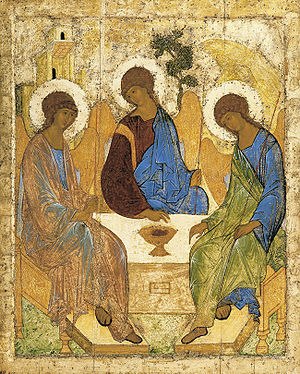
beginning of the 15th century, tempera on wood, 142х114
restored by Ihor Hrabar,
State Tretyakov Gallery in Moscow
Perfect orientation in the current public life repeatedly rescued Ihor Hrabar in difficult times. Even his colleagues jokingly interpreted the name Ihor as Vuhor (eel fish). Because, despite the aristocratic origin and friendship with Trotsky's wife – “enemy of the people”, he was never arrested and repressed. When the "Stalin’s cleansing" began, Hrabar left all government positions and returned to painting.
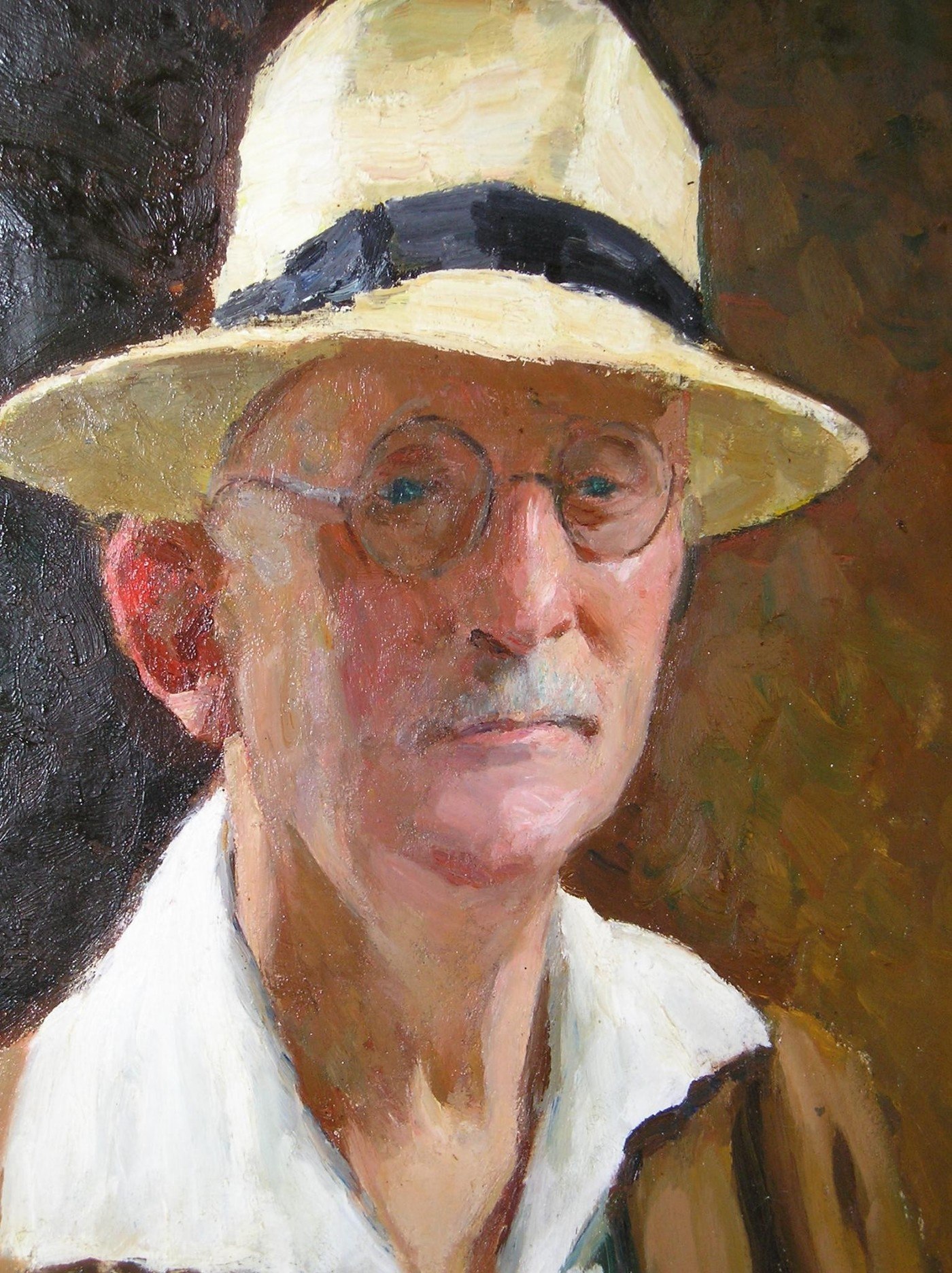
Transcarpathian Regional Museum named after Yosyp Bokshai
The portrait of the young girl “Svitlana”, which Ihor Hrabar created precisely in the days of Stalin's repression, became extremely popular among connoisseurs of art. There were rumours that the portrait depicted the daughter of Stalin Svitlana. To confirm or refute this theory, shrouded in mystery, was impossible since nobody had ever seen Svitlana.
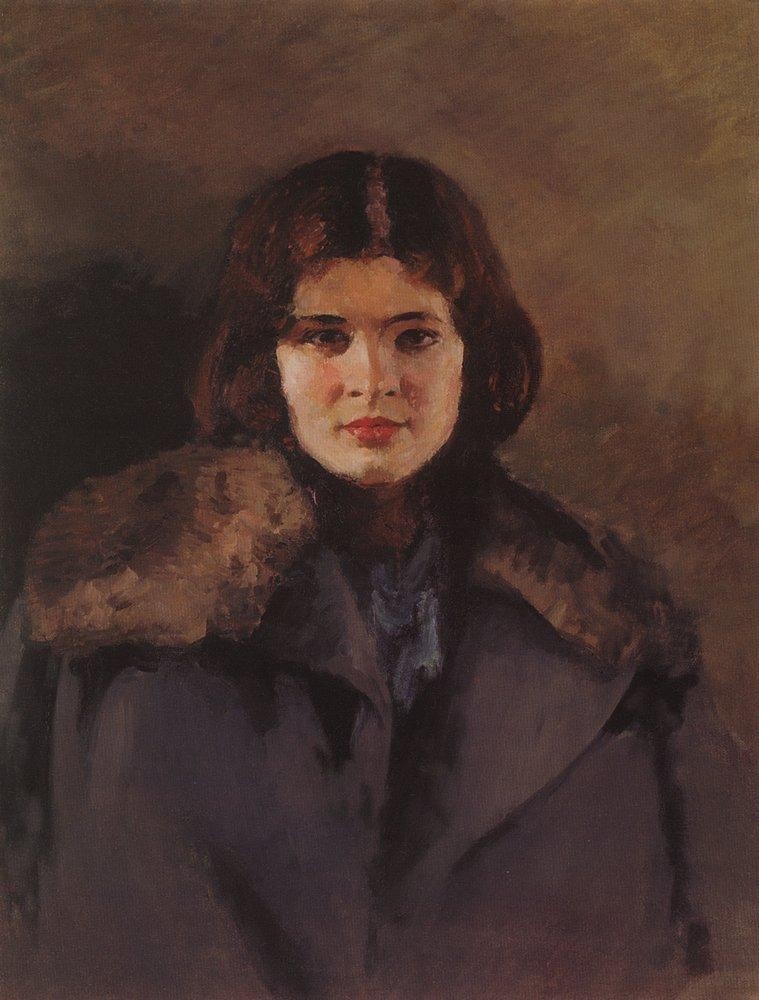
State Tretyakov Gallery in Moscow
The idea to compensate for the losses of Soviet museums during the German-fascist occupation belongs to Ihor Hrabar. Stalin supported it in 1943. As a professional art historian and museum expert, Hrabar led the Bureau of Experts, personally formed “trophy brigades” and received the treasures. The task was to search and return exported the works of art and antiquity since during the war only the Ukrainian museums lost about 300 thousand exhibits. During the same period, works of art from museum collections of Germany and its allies were actively confiscated. In 1955, the Soviet Union returned to Germany some of the most famous works, in particular, from the collection of the Dresden Picture Gallery. However, the fate of the overwhelming majority of the displaced trophies gone to storerooms and private collections is still unknown.
Brilliant education, knowledge of several European languages and great, systematic thinking allowed Ihor Hrabar to create a number of fundamental scientific, historical and artistic works, in which he also paid attention to the “Ukrainian Baroque”. The work “Wooden Church Architecture of Subcarpathian Rus” became a manifestation of love and respect for a small homeland, which he always remembered.

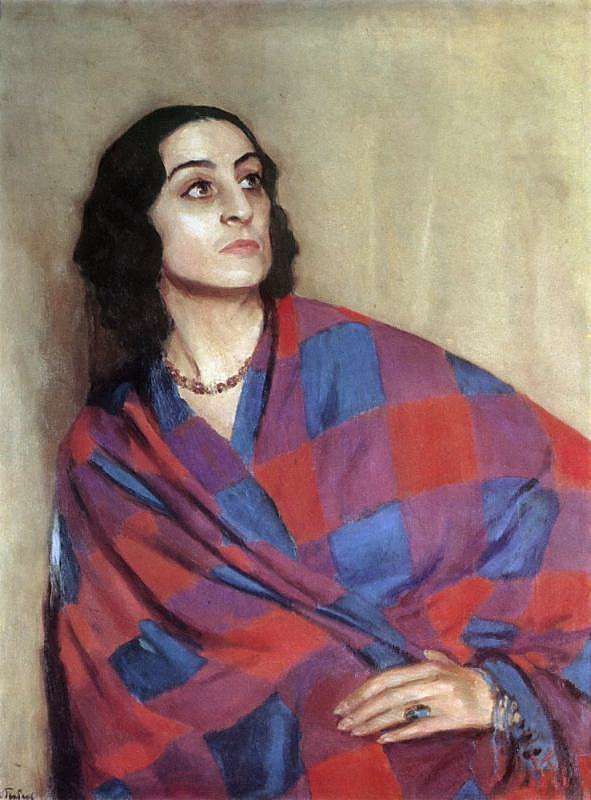
Transcarpathian Regional Museum named after Yosyp Bokshai
Ihor Hrabar personally granted to the Uzhhorod art gallery a selection of 50 paintings and graphics. This happened in 1955, when the artist, already at the venerable 85-year-old age, visited his native Transcarpathia.
Text: Liudmyla Kozlovska
Photos from open sources
© Art & Culture Foundation Brovdi Art
